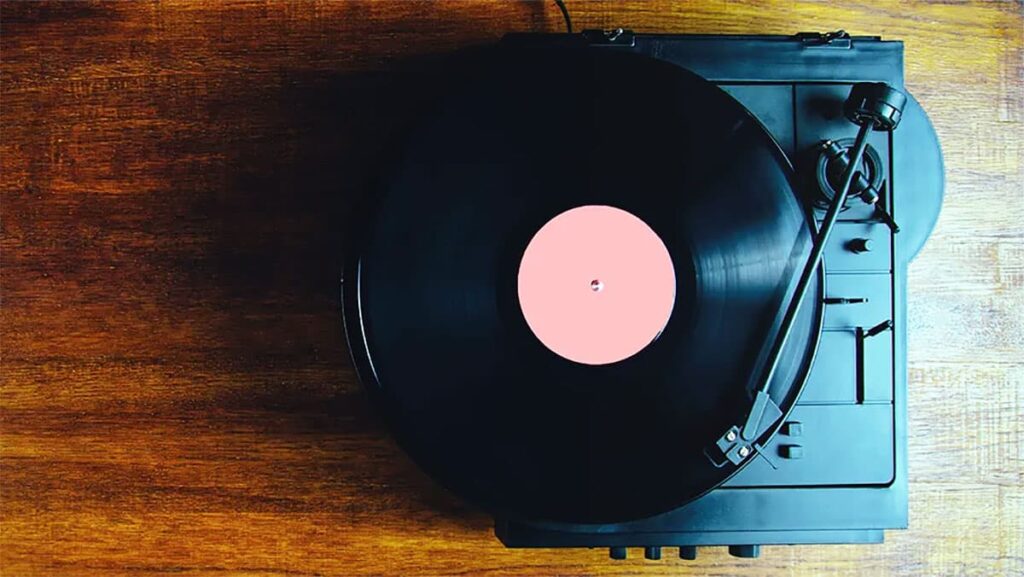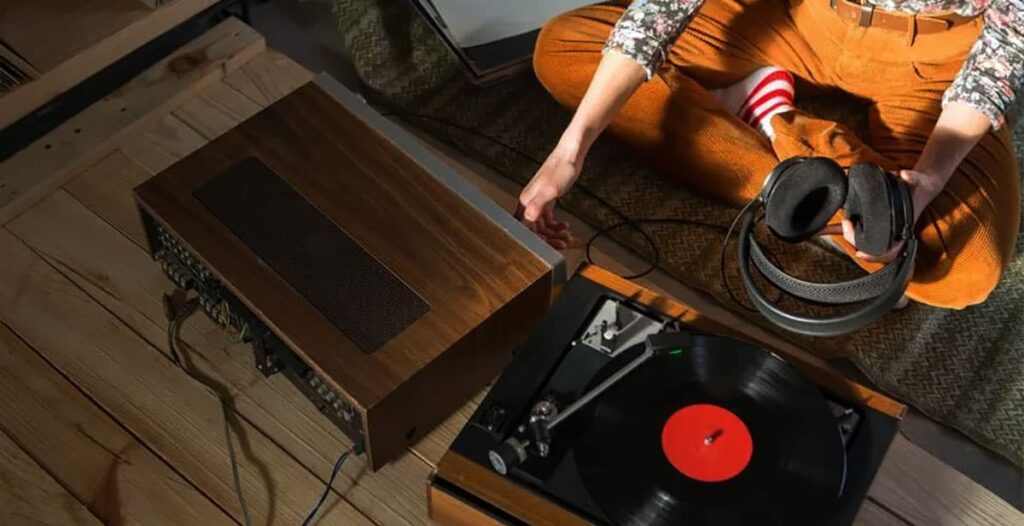I’ve been immersed in the world of high-fidelity audio for years. With the rise of streaming and digital formats, it may be a surprise that the once apparently obsolete vinyl record has made a major comeback within audiophile culture. Over the past few years, music lovers and casual listeners alike have been returning to records in droves – even millennials who didn’t grow up with LPs are getting into the vinyl revival movement.
In this post, I want to explore why vinyl has regained popularity, what it has to offer that streaming and digital files can’t, and whether this analog surge will continue.
The nostalgic allure
There’s just something about holding a vinyl record in your hands and putting the needle to it on the turntable. I fondly remember my dad’s old Crosley turntable and massive collection of classic rock records. As the analog sound crackles out of the speakers, it takes me back to simpler times. Sure, the fidelity might not beat lossless digital, but vinyl has an emotional quality that sterile files can’t replicate.
Younger generations are also discovering records, not just for the retro appeal but to experience an album as the artist intended. With digital streaming, it’s too easy to skip around tracks and miss the cohesive stories many albums try to tell. Vinyl requires more active listening, bringing people together for shared moments rather than isolating them behind headphones. From the large artwork you can hold to the ritual of flipping sides, analog satisfies the human need for tangible experiences that engage the senses.

Sound quality and audiophile culture
Who are audiophiles?
Audiophiles are people who are really passionate about audio quality and getting the most faithful reproduction of music possible. For them, it’s not just about enjoying the songs themselves but analyzing every instrument, note, and subtle detail some recordings contain. Audiophiles have very discerning ears and high-end stereo equipment to uncover previously unheard textures in their favorite tracks.
Why does vinyl sound different?
Unlike compressed digital formats like MP3s or streaming platforms like Spotify, vinyl records are analog, meaning the soundwaves are encoded directly onto the physical record grooves. This means that vinyl can often preserve more warmth and spatialness compared to digital, especially on higher-quality pressings. Many audiophiles feel the analog sound is more natural and closer to a studio master tape or live performance. In the debate of vinyl vs digital, vinyl also lacks the harsh, clipped sound of low-bitrate digital due to its lack of a brick wall limiter during mastering. And even with surface noise, some feel this analog distortion adds character.
Playing records on a turntable
A record player uses a delicate stylus to physically trace the shape of the wavy grooves on a spinning vinyl disc. This creates vibrations that are then amplified and sent to your speakers. Because the stylus is picking up physical impressions of the recorded sound waves, fans argue you’re getting a more hands-on, higher fidelity vinyl listening experience compared to sterile digital files, making you feel more connected to the artists themselves. It’s this ritual, careful interaction that makes vinyl so appealing as a vintage yet still-relevant medium.

The collector’s joy
Beyond the listening experience, there’s just something special about collecting vinyl records themselves. Flipping through stacks at the local record store or an estate sale is almost like a treasure hunt, stumbling upon rare finds or limited pressings at affordable prices. As both a music fan and a collector, it’s exciting adding those trophies to your growing library, displaying your finds on the shelf long after the digital files have been forgotten.
And collecting can become an investment, too. Special anniversary editions, first pressings, or records still sealed in plastic can appreciate substantially in value over the years. But monetary value aside, the real reward is having a physical artifact representing an important musical movement or band’s catalog. Unlike sterile MP3s, vinyl allows you to literally and figuratively hold that history in your hands. From the gatefold artwork to the lacquer etchings in the runout grooves, records were made to be pored over, not just passively streamed. It’s this active, intimate experience that makes collecting vinyl so personally rewarding.